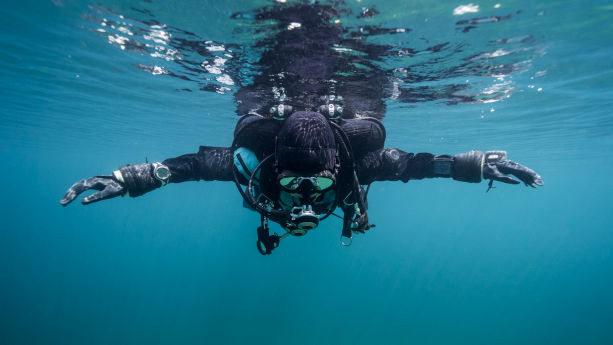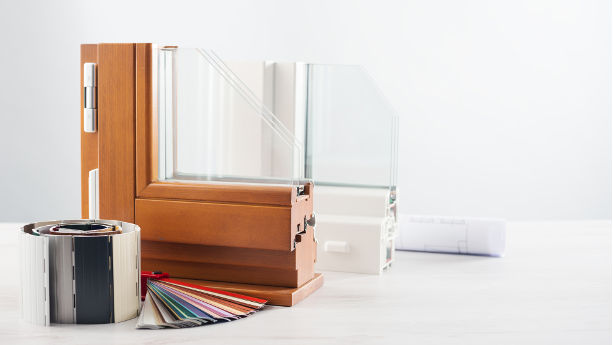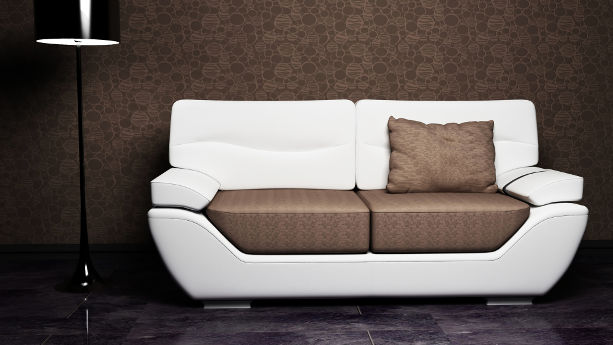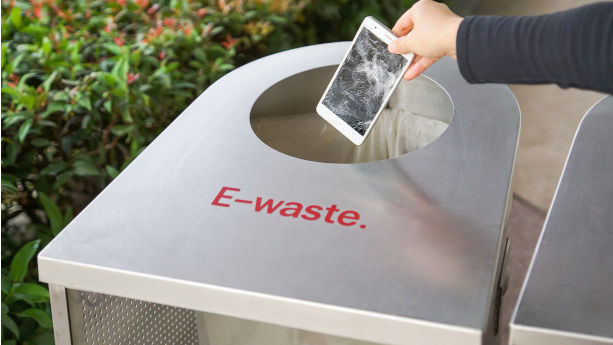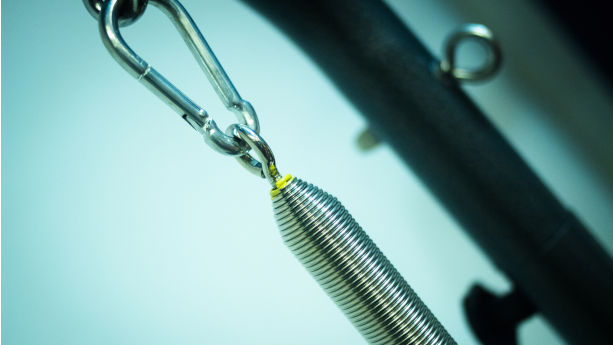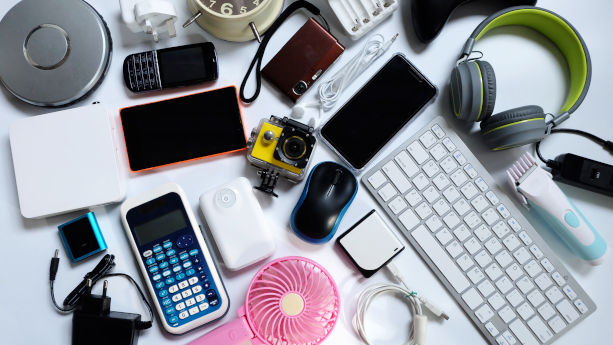
The Waste Electrical and Electronic Equipment (WEEE) Directive sets requirements concerning electronic waste materials. Ensuring compliance with the WEEE Directive requires that your products are correctly labelled, and the participation in waste collection schemes.
Continue reading Waste Electrical and Electronic Equipment (WEEE) Directive: An Essential Guide













